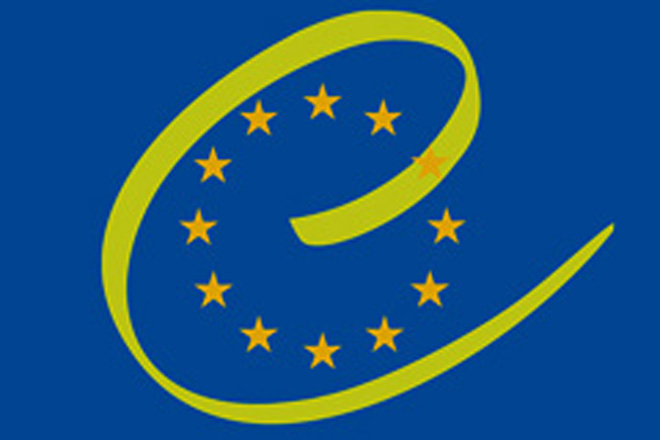A cluster of four centre-right parties won a slim majority of two votes in Slovakia's general election, a result that would allow them to form a wobbly government, partial results showed Sunday.
The parties opposing Prime Minister Robert Fico's centre-left government earned a combined majority of 77 votes in the 150-seat legislature, the results showed, as over 80 per cent of election districts were counted, DPA reported.
Iveta Radicova, an election leader of the second-placed SDKU, a right-wing party that introduced pro-market, belt-tightening public finance reforms between 2002 and 2006, was likely to become the country's next premier.
Her party earned 15.05 per cent of the vote and 27 seats on promises of a responsible and thrifty fiscal policy that would steer Slovakia away from a Greek-style state debt crisis.
Saturday's election still appeared to have produced a bitter victory for Fico's Social Democratic party Smer, which earned the most votes at 35.95 per cent and 64 mandates but lacked partners to form a government.
Slovaks appeared to have voted in protest of the widespread corruption, nationalist bickering and populist economic policy of the past four years.
One of Fico's two ruling partners, Slovakia's controversial ultra- nationalists who have been tainted by numerous corruption scandals during the ending term, barely climbed over the 5-per-cent hurdle to enter parliament.
The grouping received 5.21 per cent of the vote and 9 mandates, shrinking by half compared to four years ago.
Fico's second partner - a controversial party of ex-premier Vladimir Meciar who led the country to isolation in early 1990s - failed to get re-elected to the legislature.
Two new parties, expected to be part of the centre-right coalition, cleared the 5-per-cent threshold.
Freedom and Solidarity, a liberal, free-market protest grouping was the shooting star of the election. The party placed third with 12.06 per cent of the vote and 21 mandates and also campaigned on the fears of the Greek-style fiscal woes.
Most-Hid, a new centrist party of Slovak-Hungarian reconciliation, earned 7.13 per cent of the vote and 13 seats.
The success of Most-Hid, whose name means the bridge, suggested that voters rejected four years of bitter nationalist wrangling with neighbouring Hungary, a historical foe that ruled Slovak territories until after World War I.
Both parties with a radical nationalist agenda have recorded heavy losses at the polls.
Besides the anticipated fall of the Slovak ultra-nationalists from power to opposition, voters rejected the more radical of the ethnic Hungarian minority parties, the Party of Hungarian Coalition.
The conservative KDH, the Christian Democratic party led by former European commissioner Jan Figel, earned 8.75 per cent and 16 seats. The party is also seen as part of the anti-Fico centre-right camp.
The turnout stood at 58.27 per cent, higher than expected by pollsters, according to the partial results. In all, six parties entered parliament.






